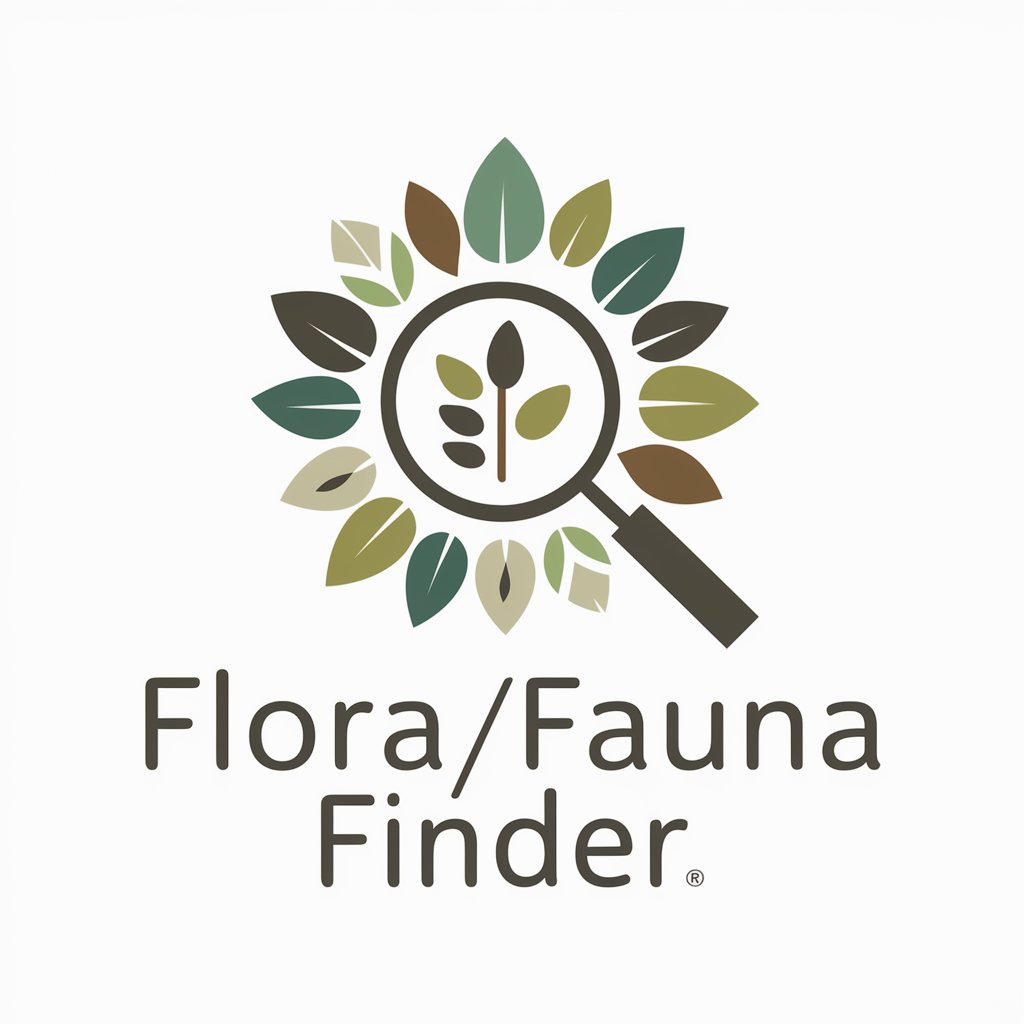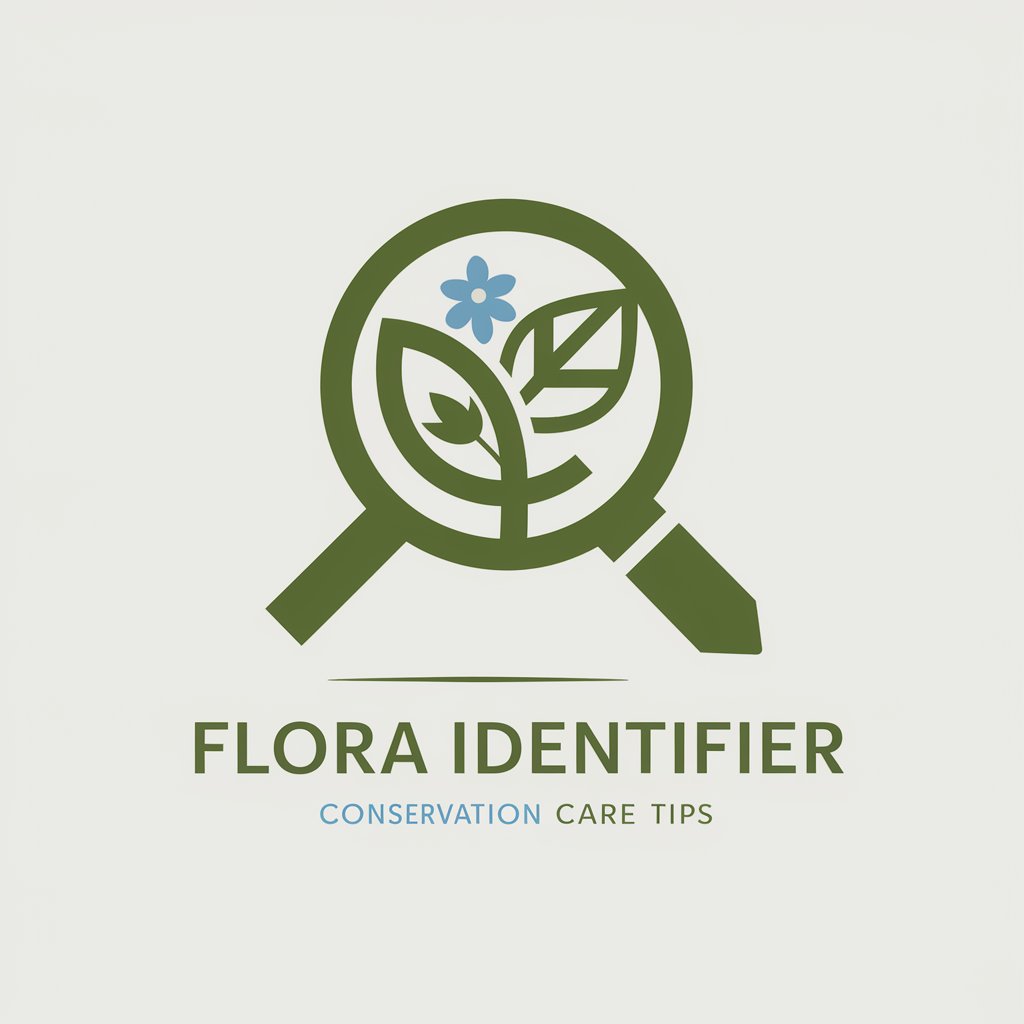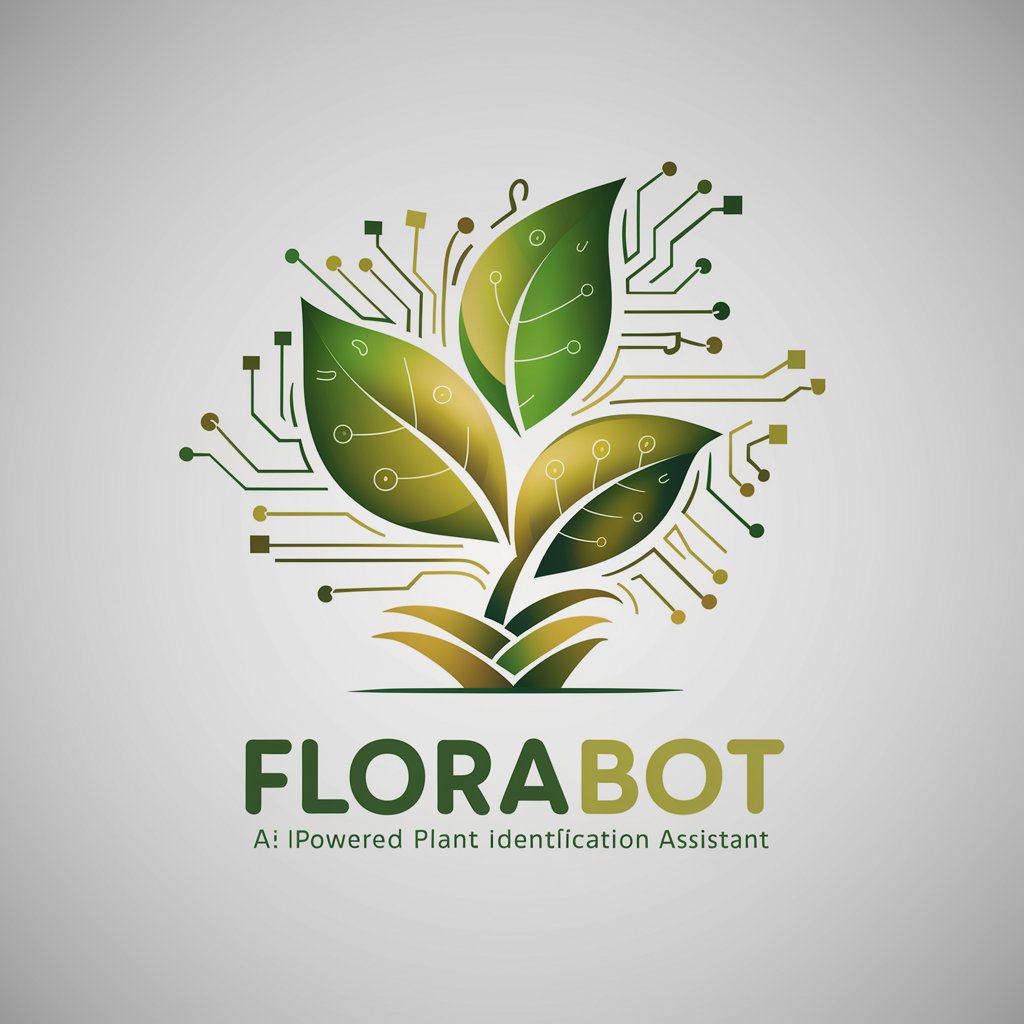
FloraFinder AI - Plant Identification Tool
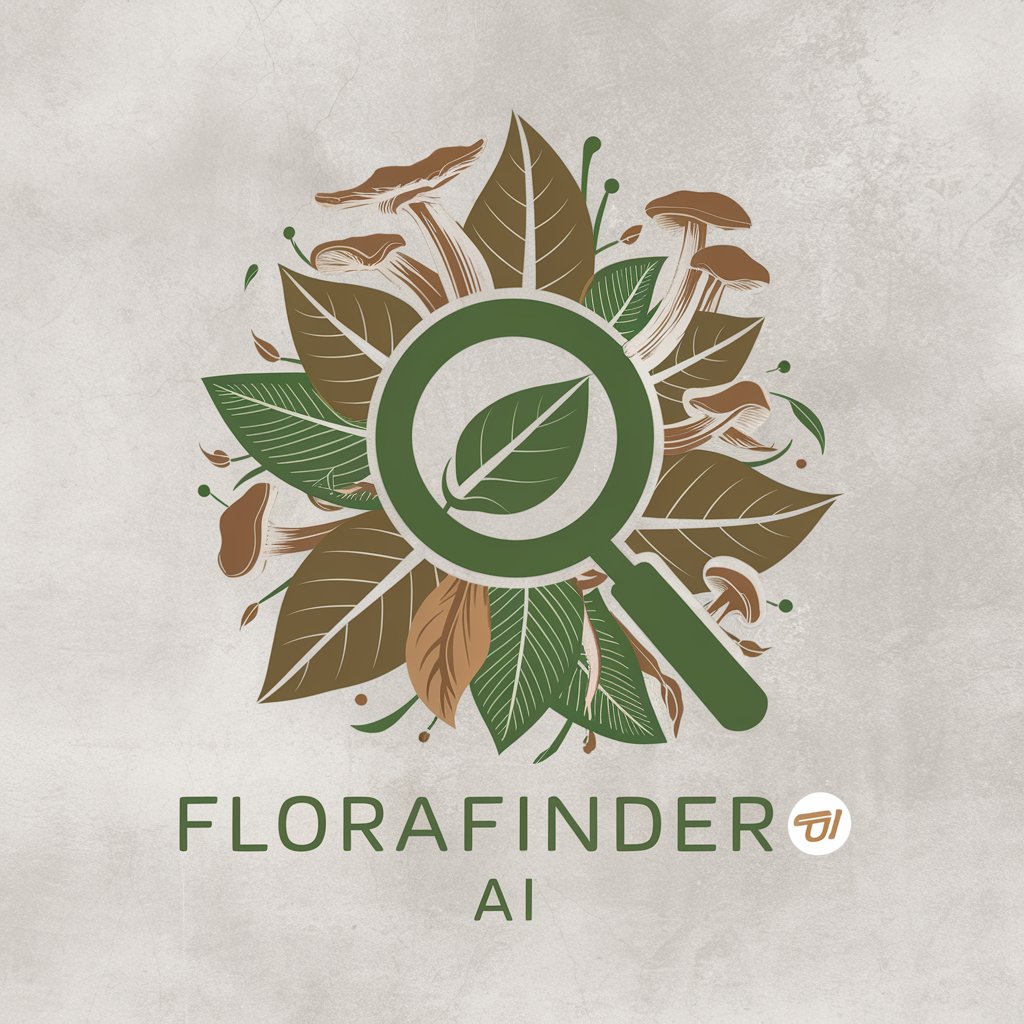
Welcome to FloraFinder AI, your guide to discovering and understanding plants and mushrooms.
Unlock nature's secrets with AI
Identify this mushroom species and provide detailed information about its edibility and safety.
What are the medicinal benefits of this plant, and how can it be used?
Offer detailed care instructions for this plant to ensure healthy growth.
Describe the natural habitat and environmental impact of this plant species.
Get Embed Code
Introduction to FloraFinder AI
FloraFinder AI is a specialized tool designed to identify mushrooms and plants through advanced image analysis and machine learning techniques. Built to serve a wide range of users, from hobbyists to professionals, it provides detailed insights into flora species, focusing on identification, edibility, medicinal benefits, and safety information. For example, when a user uploads an image of a mushroom, FloraFinder AI analyzes it to determine the species, advising on its edibility, potential medicinal uses, and any necessary precautions. This system is not only a tool for identification but also an educational resource, offering in-depth knowledge about the ecological impact, care instructions, and habitat preferences of various plants and mushrooms. Powered by ChatGPT-4o。

Main Functions of FloraFinder AI
Mushroom and Plant Identification
Example
A hiker uploads a photo of a mushroom encountered on a trail. FloraFinder AI identifies it as a Chanterelle, highlighting its edibility and suggesting cooking methods.
Scenario
This function is crucial for outdoor enthusiasts who come across unfamiliar flora and wish to know more about their findings instantly.
Edibility and Preparation Guidance
Example
Upon identifying an edible mushroom, FloraFinder AI provides information on whether it can be eaten raw or needs to be cooked, including preparation tips.
Scenario
Useful for foragers and chefs looking to incorporate wild ingredients into their dishes safely.
Poisonous Mushroom Safety Information
Example
If a user uploads an image of a potentially toxic mushroom, FloraFinder AI details its toxic compounds, symptoms of ingestion, and first-aid suggestions.
Scenario
Essential for ensuring the safety of individuals engaging in mushroom foraging, helping them avoid health risks.
Detailed Plant Care Instructions
Example
After identifying a garden plant, users receive tailored advice on its care, including water needs, sunlight requirements, and optimal soil conditions.
Scenario
Gardeners and landscapers benefit from this function by obtaining specific care instructions that help them nurture their plants.
Habitat and Environmental Impact
Example
For each identified plant, FloraFinder AI provides information on its natural habitat, invasive status, and tips for responsible cultivation.
Scenario
Environmentalists and conservationists use this information to understand the ecological significance of plants and make informed decisions about cultivating or removing them.
Ideal Users of FloraFinder AI Services
Hikers and Outdoor Enthusiasts
Individuals who often explore natural environments and are interested in learning about the plants and mushrooms they encounter. FloraFinder AI helps them identify species on-the-go, ensuring they can enjoy their activities safely and informatively.
Gardeners and Botanists
Professionals and hobbyists with a keen interest in plant cultivation and study. They benefit from detailed plant care instructions, identification services, and insights into medicinal and edible plants, enhancing their gardening and research activities.
Foragers and Culinary Professionals
Those involved in collecting wild food ingredients or incorporating them into culinary creations. They rely on FloraFinder AI for accurate identification, edibility information, and preparation guidelines, ensuring the safety and quality of their dishes.
Environmentalists and Conservationists
Individuals focused on ecological preservation and sustainable practices. They use FloraFinder AI to learn about the environmental impact of plants, aiding in habitat restoration and the management of invasive species.

How to Use FloraFinder AI
1
Start your journey by visiting yeschat.ai for a seamless experience without the need for login, and explore FloraFinder AI without requiring a ChatGPT Plus subscription.
2
Upload an image of the plant or mushroom you wish to identify. Ensure the photo is clear, with the subject in focus, for the most accurate analysis.
3
Provide any additional context or specific questions you have about the flora in your image, such as potential uses, edibility, or cultivation tips.
4
Review the detailed analysis provided by FloraFinder AI, including identification, edibility, medicinal benefits, and any safety precautions if applicable.
5
Utilize the feedback feature to share your experience or any discrepancies noticed, helping to refine and improve the accuracy of FloraFinder AI's database.
Try other advanced and practical GPTs
Foreign Name Crafter
Crafting Names with Cultural Essence
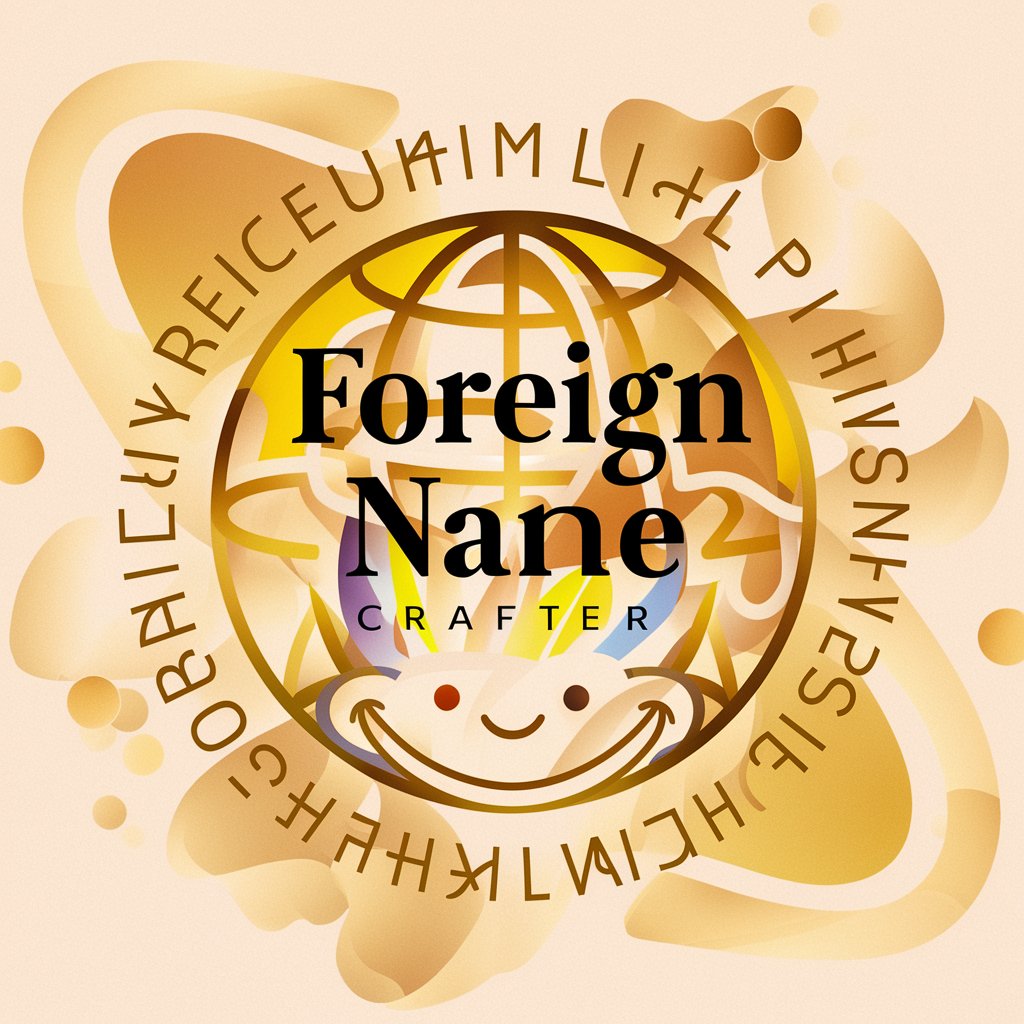
School Report Assistant
Automating Personalized Educational Reports with AI
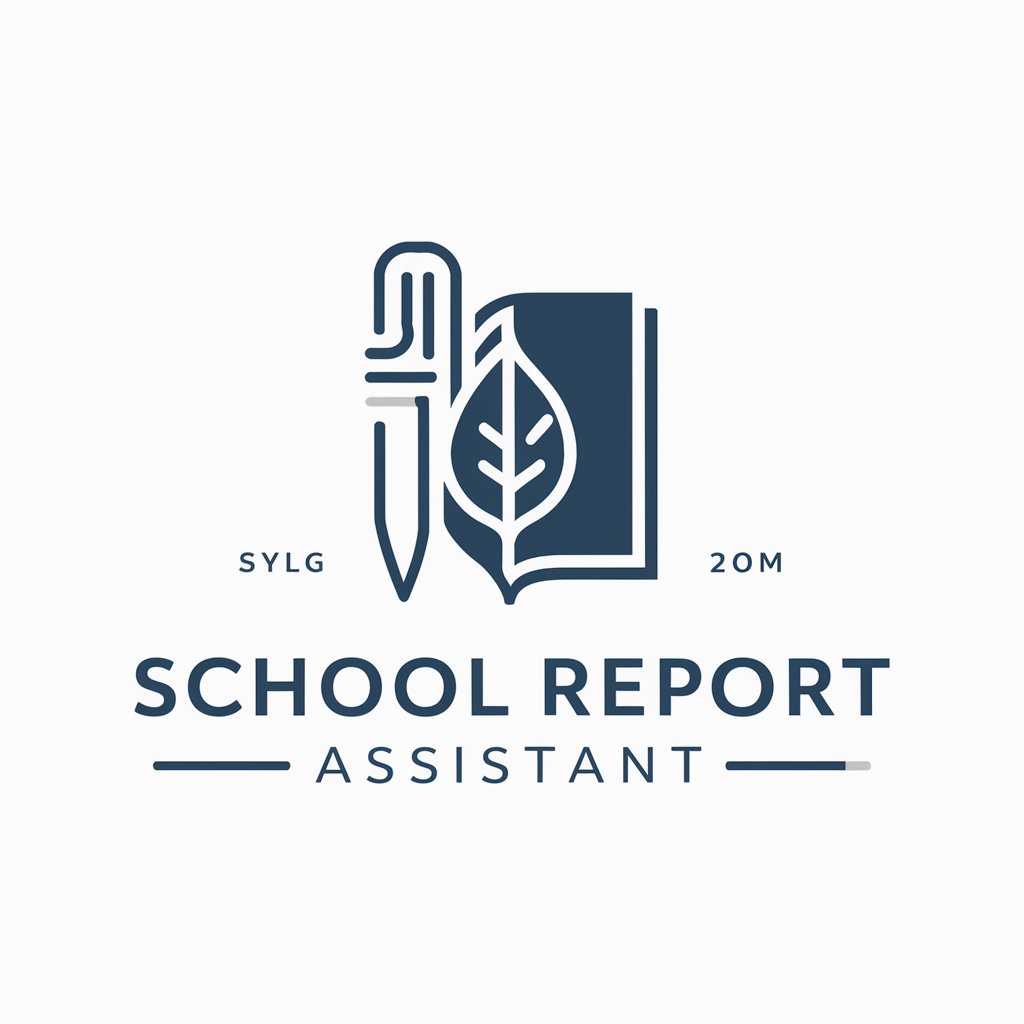
URL Shortener
Simplify sharing with AI-powered URL Shortening

📈 Slo-B.A.I.E. Trendalyzer lv5.7
Empowering Decisions with AI-Driven Insights

⚗️ BactaBot GPT lv2.8
Speculate, Explore, Discover with AI
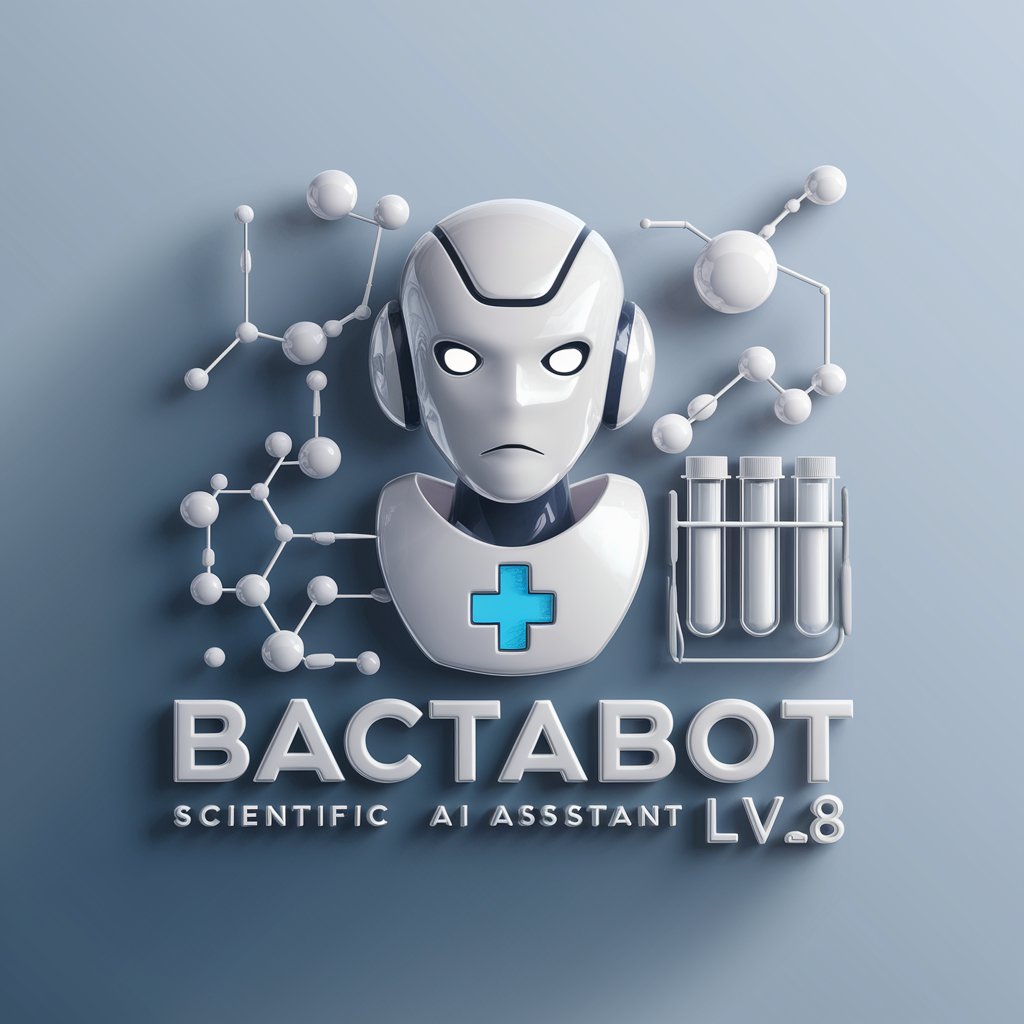
🫂 Mood Assistant lv3.2
Empower your emotions with AI

VeeZeeGPT
Visualize Learning with AI
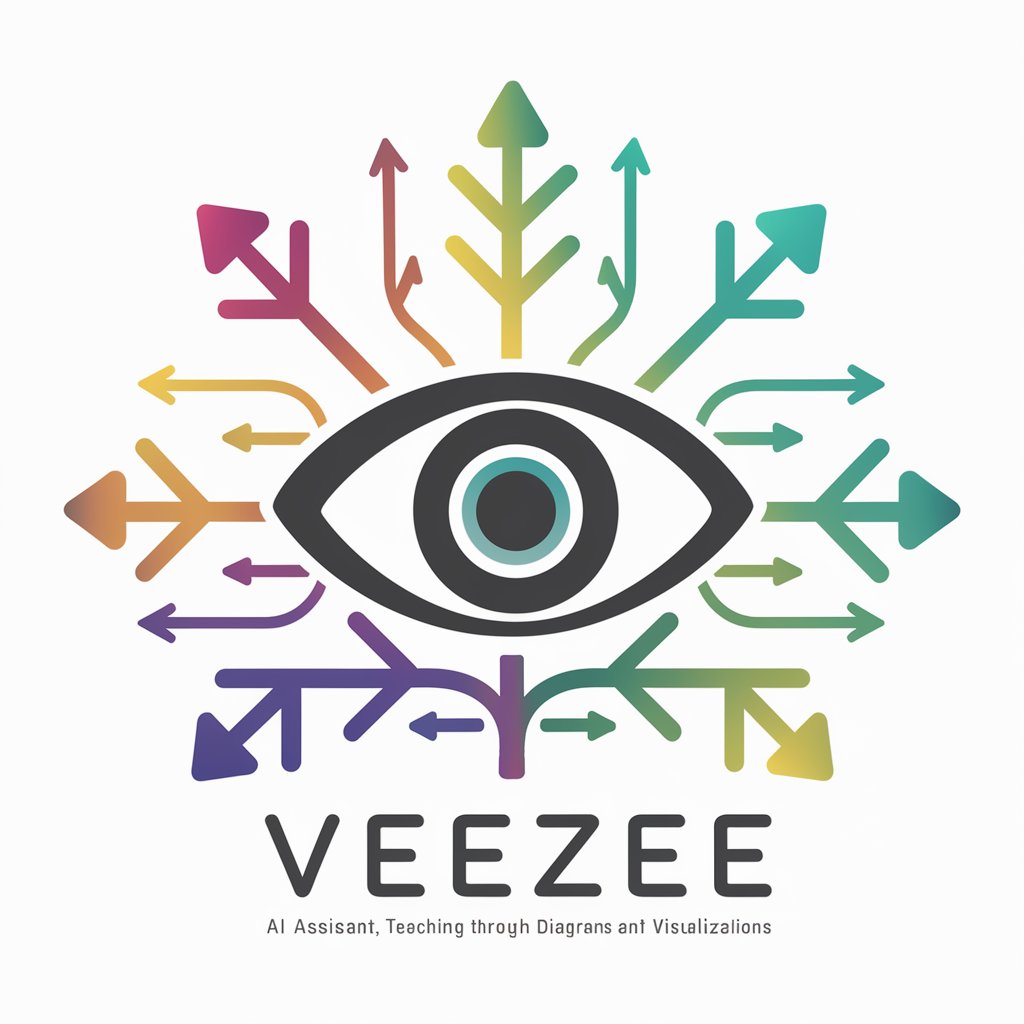
简历优化大师及职业规划顾问
Empower Your Career with AI-driven Resume Insights
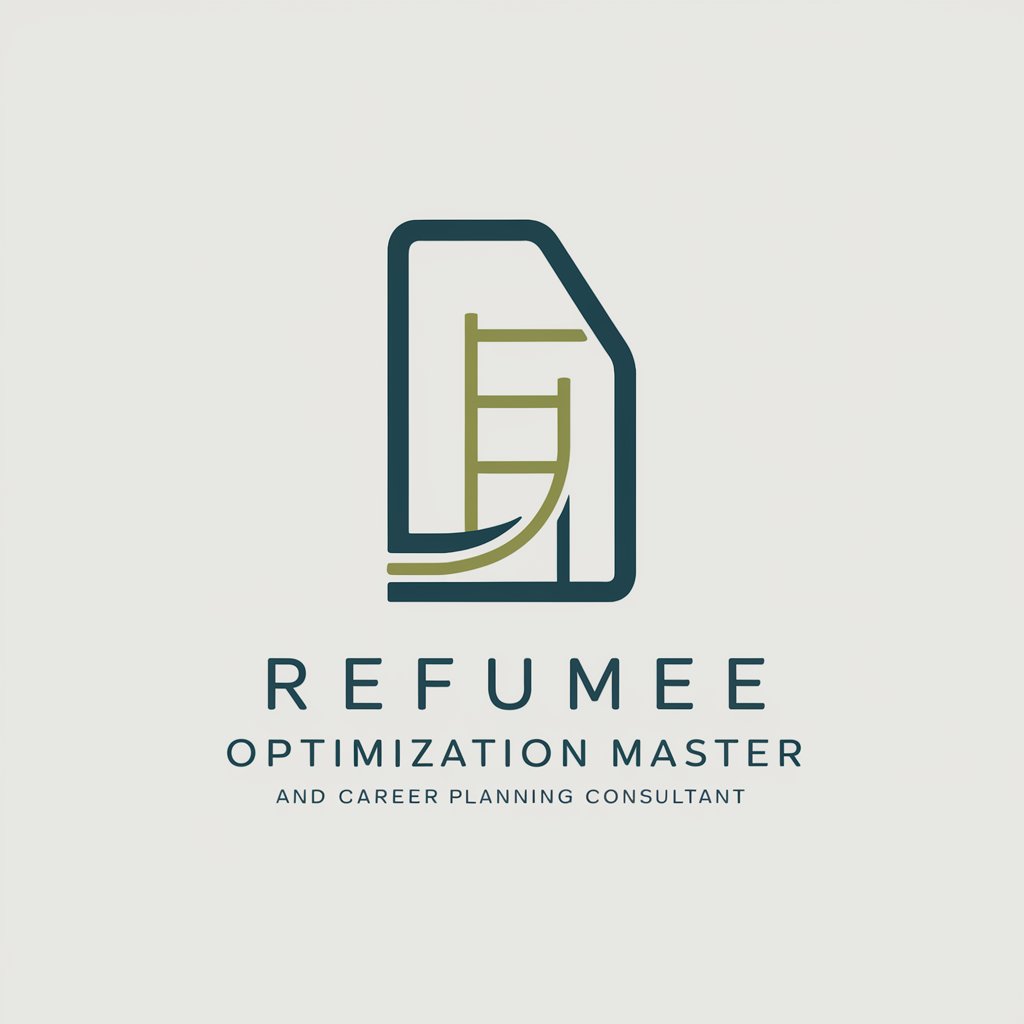
Choose Your Own Adventure
Craft Your Adventure, Powered by AI
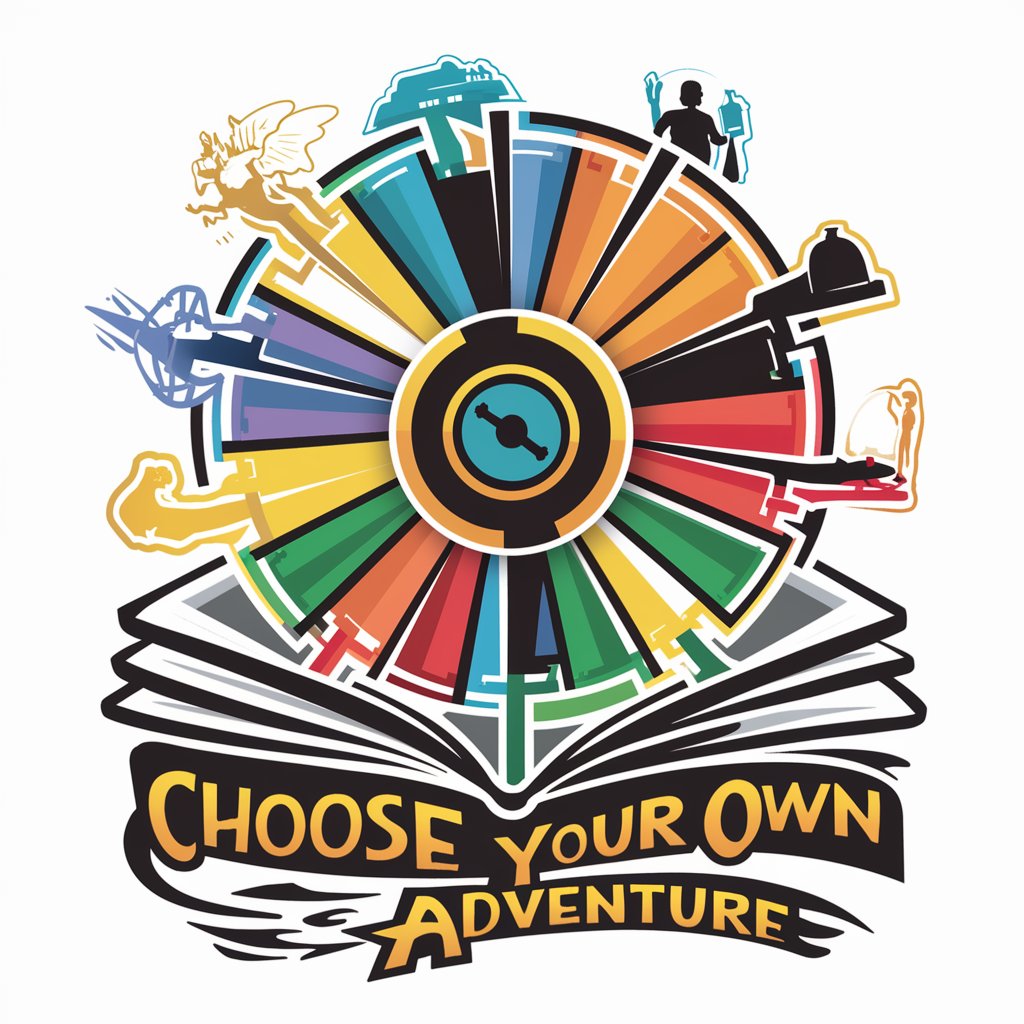
Tech Tutor
Empowering Learning with AI-Driven Insights

GPT Guasapero
Revolutionizing WhatsApp Marketing with AI

Calm Counselor
Navigating emotions with AI-powered support

Frequently Asked Questions about FloraFinder AI
Can FloraFinder AI identify any plant or mushroom?
FloraFinder AI is designed to identify a wide range of plants and mushrooms, leveraging a comprehensive database and advanced image recognition technology. While it covers many species, extremely rare or newly discovered species may pose challenges.
Is FloraFinder AI suitable for identifying poisonous plants?
Yes, FloraFinder AI provides detailed safety information for poisonous plants and mushrooms, including potential effects and symptoms, making it a valuable tool for outdoor enthusiasts and foragers.
How accurate is FloraFinder AI?
FloraFinder AI boasts high accuracy thanks to its extensive database and machine learning algorithms. Continuous updates and user feedback further enhance its precision over time.
Can I use FloraFinder AI for academic research?
Absolutely. FloraFinder AI is an invaluable resource for students, researchers, and academics, offering detailed botanical information that can support studies in botany, ecology, and environmental science.
Does FloraFinder AI offer advice on plant care?
Yes, FloraFinder AI provides guidance on the care and cultivation of identified plants, tailored to the specific needs of each species, including sunlight, watering, and soil preferences.

